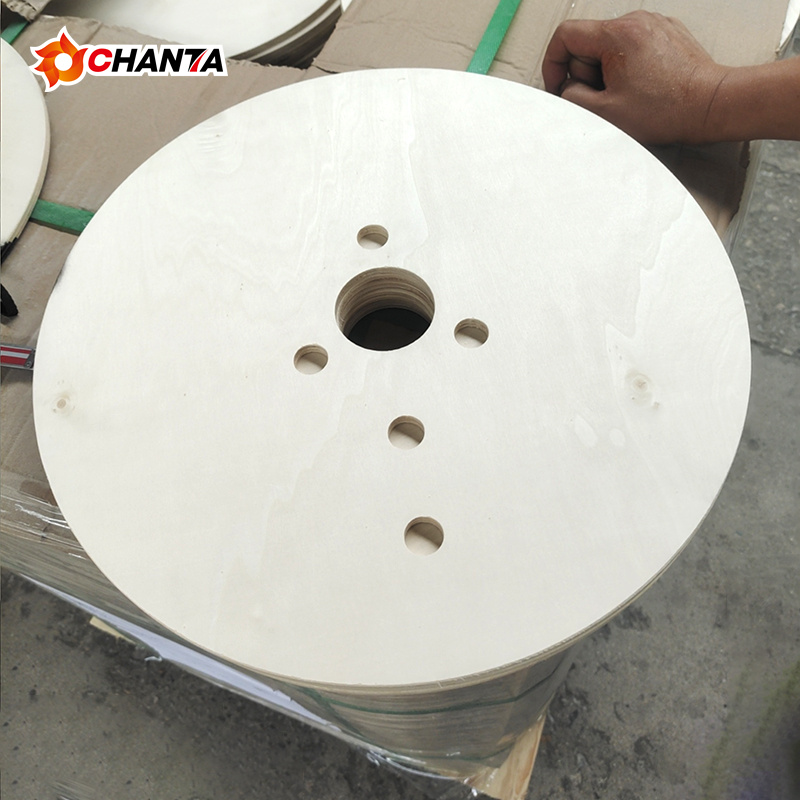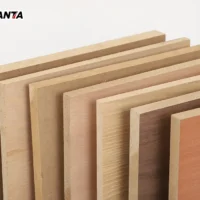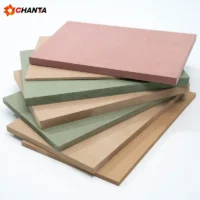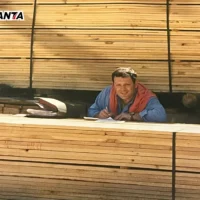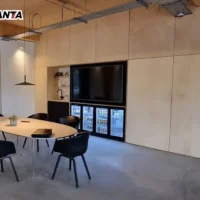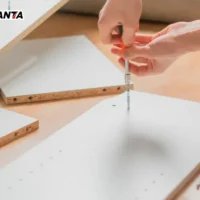Table of contents
In construction and manufacturing, material performance often determines project success. WBP glued birch film faced plywood stands out as a reliable choice when strength, water resistance, and durability matter. This type of plywood fits perfectly into concrete formwork, outdoor structures, and heavy-use industrial projects.
What Does WBP Glued Mean?
WBP stands for “Weather and Boil Proof,” which refers to a type of glue that bonds plywood layers tightly. This glue resists moisture, heat, and boiling water. When manufacturers use WBP glue, the plywood handles outdoor exposure and concrete pressure without delaminating or breaking apart.
By combining WBP glue with birch veneers and a waterproof film overlay, producers create a panel that meets the needs of tough working environments.
Why Choose Birch as the Core Material?
Birch wood has a tighter grain, higher density, and better durability than softwoods like poplar or pine. That makes it ideal for applications where mechanical strength and surface smoothness matter. Birch core plywood can support heavy loads, hold fasteners securely, and resist deformation under pressure.
When bonded with WBP glue and covered with a resin film, birch plywood becomes even more powerful—especially for outdoor or high-moisture tasks.
Advantages of WBP Glued Birch Film Faced Plywood
1. Excellent Water Resistance
The combination of WBP glue and phenolic film provides high moisture resistance. You can use this plywood in rainy climates, near water, or for applications where other panels might warp or delaminate.
2. High Strength and Load Capacity
Birch gives the panel its strength. You can use it as a formwork panel for multiple concrete pours without cracking. The plywood supports pressure and weight without bending or splitting.
3. Reusability and Cost Savings
Contractors reuse WBP glued birch plywood up to 10 to 30 times. That reduces material waste and saves money on every job site. Proper cleaning and edge sealing extend its life further.
4. Smooth Surface for Concrete Release
The resin film prevents concrete from sticking to the plywood surface. That results in a clean release and reduces the need for additional finishing on concrete surfaces.
5. Environmental Protection
Because it lasts longer and performs better, this plywood reduces the need for replacements. You consume fewer resources while increasing your productivity—good for the planet and your budget.
Common Uses of WBP Glued Birch Film Faced Plywood
- Concrete formwork for building foundations and columns
- Bridge and tunnel construction
- Scaffolding platforms and safety walkways
- Heavy-duty flooring in temporary or permanent structures
- Waterproof packaging crates for machinery and equipment
- Truck beds, shipping containers, and industrial panels
How to Store and Maintain It for Long-Term Use
To maximize lifespan, users should follow a few simple steps:
- Store the sheets flat in a dry, ventilated warehouse
- Seal the edges after cutting or during repeated use
- Clean the surface after each concrete pour to remove residue
- Avoid exposing the panel to harsh direct sunlight for long periods
WBP Glued Plywood vs MR Glued Plywood: What’s the Difference?
MR glue (moisture-resistant) can handle light humidity but fails under high moisture or boiling water. In contrast, WBP glue survives rain, concrete exposure, and even short-term immersion. For structural or outdoor use, WBP glued panels offer far better reliability.
Conclusion
WBP glued birch film faced plywood delivers exceptional performance for professionals who need reliability, strength, and resistance to water. Whether you’re pouring concrete, building industrial floors, or crafting waterproof crates, this plywood won’t let you down. Choose birch film faced panels for quality that lasts job after job.

